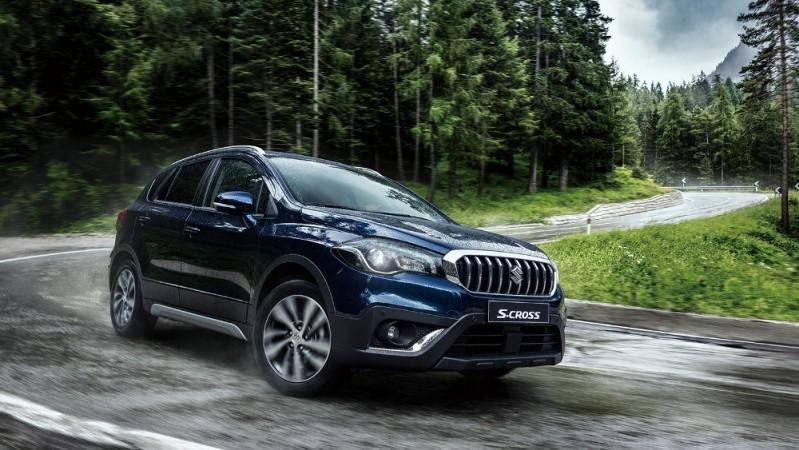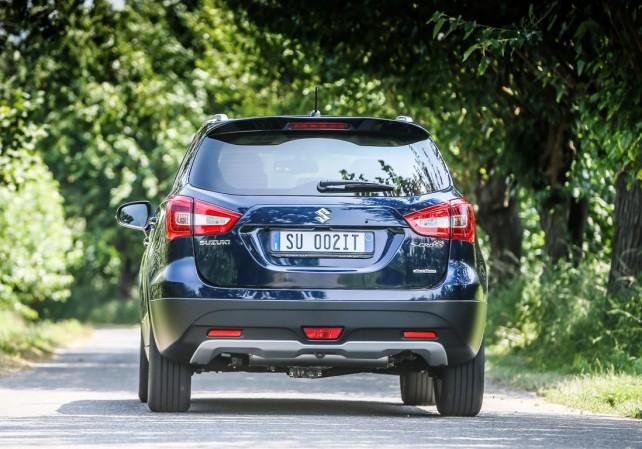Maruti Suzuki, India's largest carmaker moved in a new direction of its operations in July 2015 with the launch of Nexa dealership. The new range of dealerships with Black as signature colour had started to sell premium cars of the company.
The first model under the new chain was the S-Cross. With the healthy sales of S-Cross, Maruti Suzuki's aspiration of becoming a 'premium carmaker' got a decent start, though S-Cross was priced higher than the company's other cars. It was the Baleno premium hatchback launched in October 2015 that gave a huge boost to the Nexa franchise. Maruti Suzuki's premium car range then saw the arrival of Ignis crossover and Baleno RS hot hatch. In April this year, the Ciaz sedan has also got promoted to Nexa family.
The Nexa range now looks solid and sales are going at a healthy pace. However, Maruti Suzuki is not known for resting on laurels and the second phase of the Nexa journey is ready to kickstart. Maruti Suzuki will update the first Nexa car, the S-Cross, with a facelifted version in the upcoming festive season, reports Autocar India.
New S-Cross
Suzuki Motor Corporation, the parent company of Maruti Suzuki, unveiled the new S-Cross for the global markets last year. On the design front, the face gets a restyled front bumper and a larger radiator grille. The chrome grille with vertical slats is flanked by the new projector headlamps. The headlamp unit also comes with integrated daytime running lamps. Whether these additions will go down with the customers remains to be seen.

While the side profile of the S-Cross remains untouched, the rear features slightly redesigned tail lamps and bumper. On the inside, the basic layout has been left largely unchanged. It gets features like new instrument cluster dials with MID and new seat upholstery with contrast stitching.

The diesel engine options will be carrying over 1.3-litre and 1.6-litre diesel units. Rumours suggest the introduction of a petrol engine. While the global spec S-Cross gets a 1.4-litre Boosterjet petrol engine, Indian model is expected to draw power from 1.4-litre K-Series unit that does duty in the Ciaz.

















![India Auto Roundup: Maruti Suzuki, Mahindra have exciting launches in November [details here]](https://data1.ibtimes.co.in/en/full/805520/india-auto-roundup-maruti-suzuki-mahindra-have-exciting-launches-november-details-here.jpg?w=220&h=135)